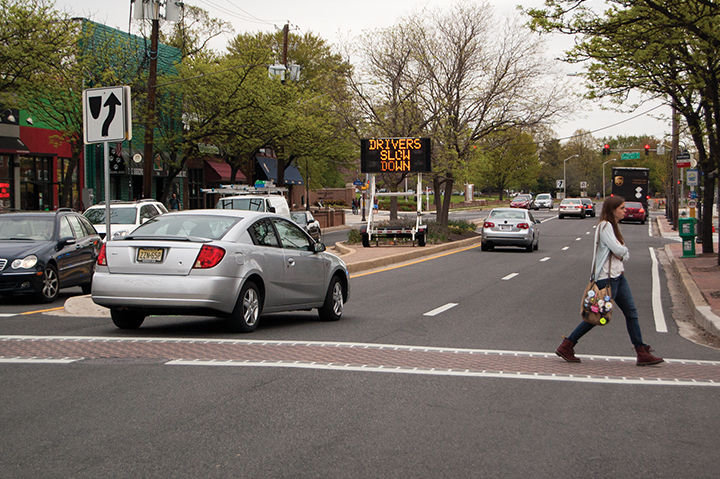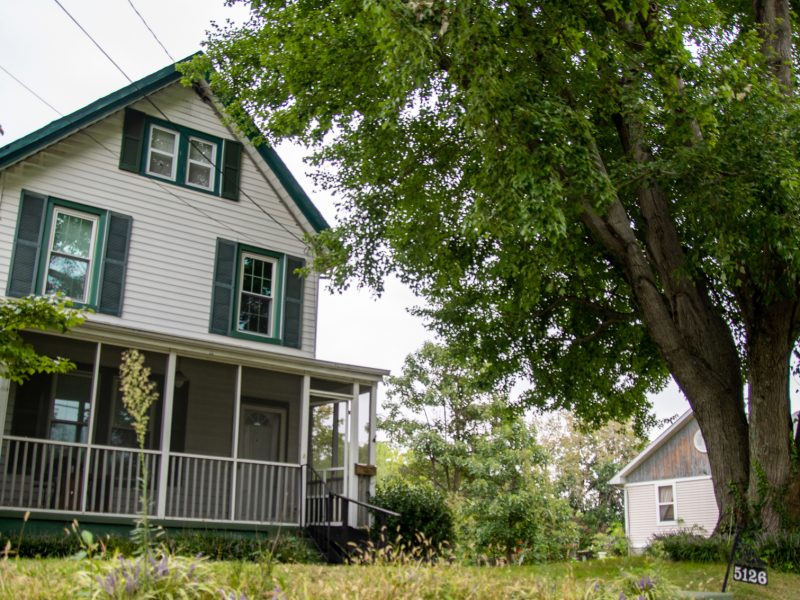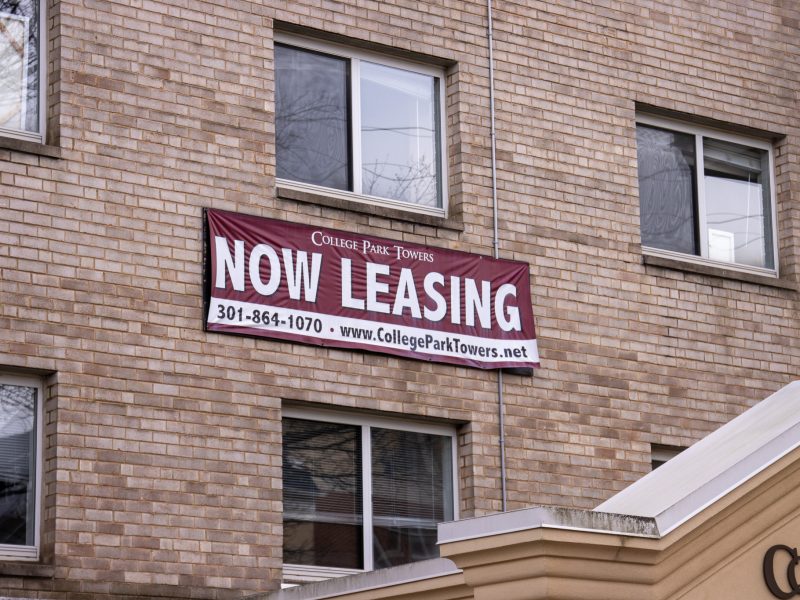The College Park City Council butted heads with State Highway Administration officials Tuesday night, disagreeing with some aspects of the SHA’s six proposals for road changes in College Park.
The SHA, which gave its annual presentation on important projects planned for the city during Tuesday’s work session, recommended removing the exit ramp off the inner loop of the Beltway to northbound Route 1 — a move councilmembers said would increase traffic in the area. The exit ramp comes off of the Beltway toward Laurel, where drivers have the option to get off the ramp into College Park or split north toward Laurel, District 1 Councilwoman Christine Nagle said. She noted that this proposal would eliminate the Laurel option, causing both lanes to come together.
“This project is just from a safety perspective,” said Anyesha Mookherjee, SHA assistant district engineer for traffic. In theory, the change would eliminate “the weaving movement” for cars that enter and exit the Beltway, Mookherjee said. The SHA plans to implement left turns into the Route 1 southbound ramp to compensate for removal of the Beltway inner loop.
Nagle said the exit ramp is already “heavily failing” and would only become more congested with the road change.
“You’re creating more [of a] safety hazard than you do by allowing two cars to weave back and forth going the other way,” Nagle said.
The SHA expects to review the concept for that exit by April, according to the city’s agenda. Highway officials tell the city about their design plans, which the city then discusses with them to recommend changes.
Disagreements among councilmembers Nagle and District 1 Councilman Fazlul Kabir spurred the council to consider either inviting Nicolas Saavedra — the SHA’s project manager — to a meeting or sending him a letter to express their concerns. However, if the SHA still approves the plan, Mookherjee assured the council it will only be one of the preliminary steps of the exit’s redesign.
College Park Mayor Patrick Wojahn said he was “extremely concerned” about that project.
“You’re talking about not only having that [south-bound] traffic, which already makes it a mess, but to add to it, now all of the traffic that’s going to be coming to turn to northbound Route 1,” Wojahn said. “I’ve had to wait — never mind if there’s a basketball or a football game on campus — four or five cycles to get through that light.”
The SHA also plans to make safety improvements at the Route 193 and Rhode Island Avenue intersection, which is located near a 7-Eleven and the Branchville Volunteer Fire Company. The SHA plans to shorten long, concrete islands at the intersection, Mookherjee said. Construction is estimated to begin by summer 2017 and end by the winter, she added.
After the council viewed a map of the intersection proposal, Wojahn noted that bicycle infrastructure at that location still seems to be lacking. The intersection crosses the Trolley Trail, which bikers and pedestrians use to travel.
“This is essentially the bicycle backbone of the city,” Wojahn said. “It looks like the bike lane there is a little bit of an afterthought.”
On the south side of the street, it doesn’t look like bicycles have anywhere to go once they get out of that bike lane, he added.
“Right now you have a curb there — either you have to go around and down over the median where the pedestrians are going … or go straight down and go over the curb there,” Wojahn said. “There’s got to be a better way to do that.”
Mookherjee said the bike lanes depend on where the right-of-way lanes are located, and that the SHA would discuss Wojahn’s bike lane concern with the project’s designers.
During the work session, the SHA also reviewed plans to upgrade lighting at intersections along Route 1 that are south of Campus Drive — including the reconstruction of traffic signals — in addition to proposals that would expand road access to the Greenbelt Metro if the FBI headquarters relocates there and widen Route 1 for travel lanes and bicycle-compatible shoulders.



